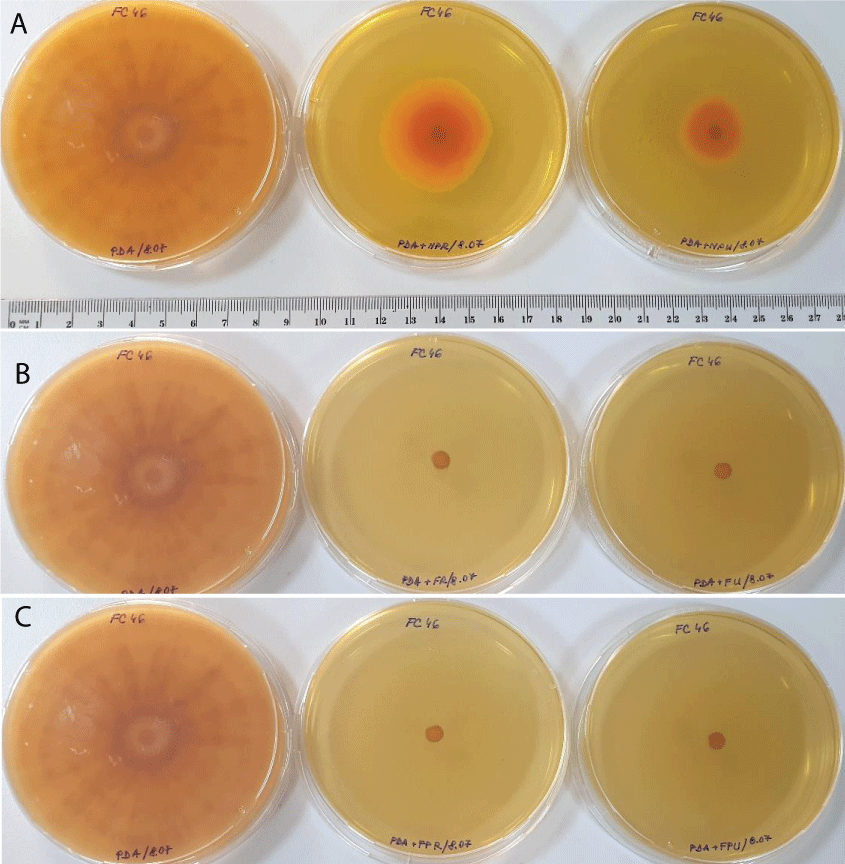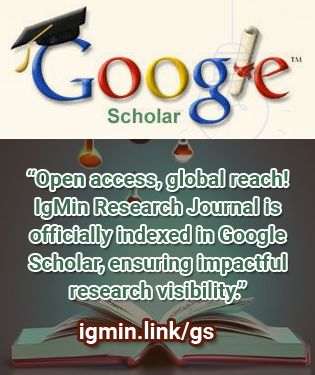Abstract
The agricultural sector is a large consumer of synthetic chemical products, especially fertilizers and plant protection products. Therefore, an emerging concern nowadays is to reduce chemicals’ use in agriculture. One of the approaches is to reduce the doses of plant protection products, as much as possible, while keeping the treatments’ efficacy. The present work presents the antifungal action of three commercial plant protection products, tested at recommended as well as reduced doses, against important phytopathogenic molds of the Fusarium genus. In vitro, results have shown that two of the tested products could be used at reduced doses while keeping their antifungal activity. The commercial pesticide containing prothioconazole 53 g/L, spiroxamine 224 g/L, and tebuconazole 148 g/L mixture was able to inhibit completely the growth of three virulent F. culmorum strains, even when fungicide treatment was applied in 25% reduced dose. Lower efficacy was seen on F. graminearum strains, however, there were no significant differences (p < 0.05) between the commercially recommended dose and the 25% reduced dose. Another efficient pesticide in Fusarium control contains triadimenol 43 g/L, spiroxamine 250 g/L, and tebuconazole 167 g/L. Tested in a reduced dose (28.6% less than the commercial recommended dose) it completely inhibited the F. graminearum Fg183 (DSM 4527) strain and inhibited the growth of various F. culmorum strains with at least 97.50% efficacy. However, there are some fungal strains, such as the aggressive F. graminearum Fg96 strains that were less susceptible to pesticide treatments even at commercially recommended doses of fungicides.








